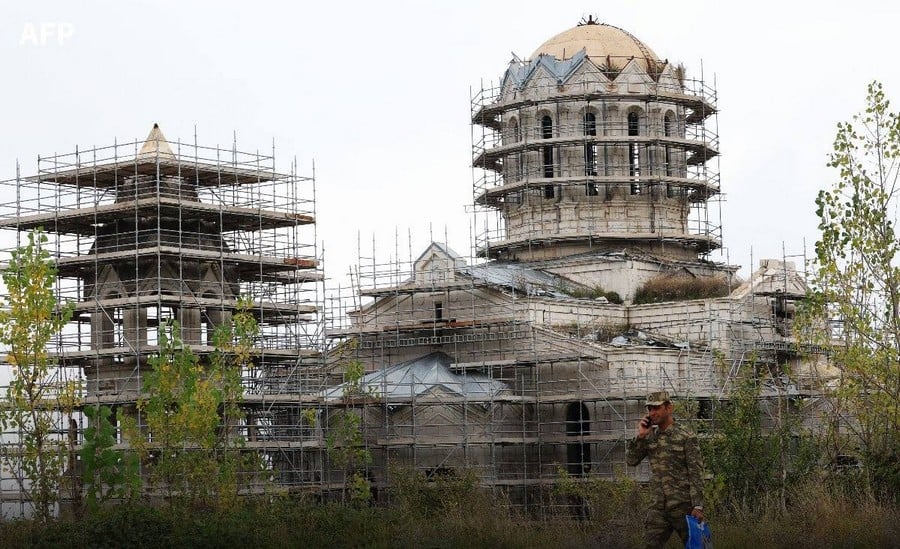
US State Department’s report on Azerbaijan’s efforts to present Armenian religious heritage in Artsakh as Caucasian-Albanian
In its “2023 Report on International Religious Freedom: Azerbaijan”, the U.S. Department of State noted that according to Azerbaijani human rights groups and detainees, the government continued to physically abuse, arrest, and imprison religious activists, and that many arrests and convictions of religious figures, including on drug possession charges, were politically motivated.
Reference was also made to the destruction of the Armenian cultural and religious heritage in Artsakh or the efforts of the Azerbaijani authorities to present it as “Albanian”. Referring to the studies of the research group Caucasus Heritage Watch (CHW), the report says that “no attempt to systematically erase material traces of Azerbaijani history and cultural life in [Nagorno-Karabakh territory] that [ethnic] Armenians controlled from 1994 to 2020.”
CHW detected “concerning trends” imperiling cultural heritage sites in Artsakh, including areas that came under Azerbaijani control in 2020. Among these, the report cited an Armenian cemetery that was damaged by road construction.
The report also notes that during September fighting in Artsakh, a widely disseminated video appeared to depict an Azerbaijani soldier firing from a distance at the 13th century Charektar Monastery. On Sept. 22, U.N. special rapporteur in the field of cultural rights, Alexandra Xanthaki, stated Azerbaijan had continued efforts to remove traces of Armenian presence in Artsakh or to reinterpret them as belonging to Caucasian Albanians. The special rapporteur stated the International Court of Justice, European Parliament, and Council of Europe had all expressed concern with the replacement of Armenian heritage with the promotion of a Caucasian-Albanian “narrative,” and the vast majority of experts in the region’s art, architecture, and archaeology had “rejected these revisionist claims as false.”


